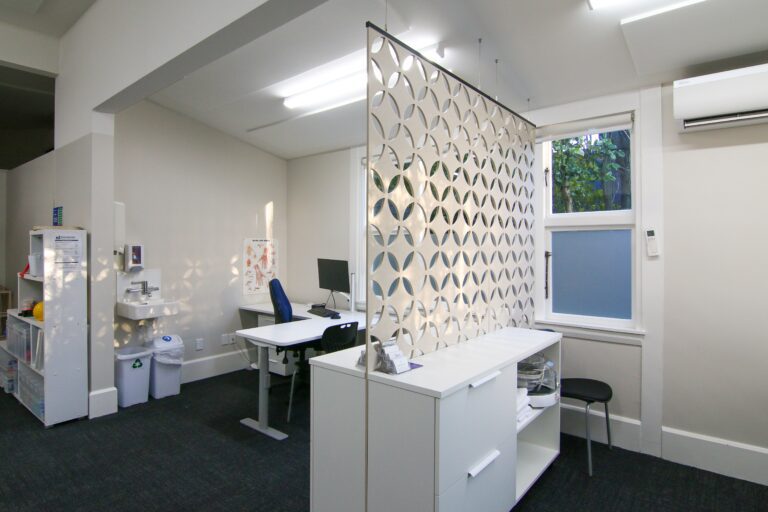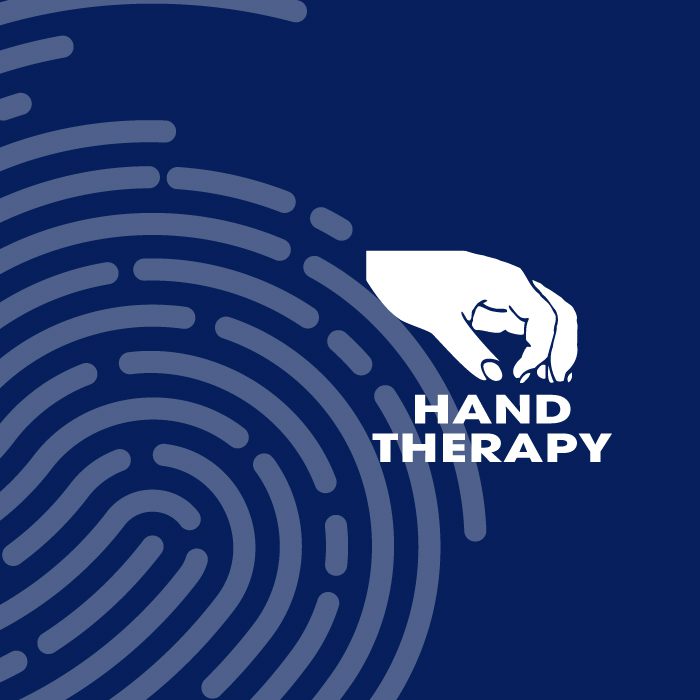Dupuytren’s contracture is a hand deformity that usually develops over years. The condition affects a layer of tissue that lies under the skin of the hand. Knots of tissue form under the skin, eventually creating a thick cord that can pull one or more fingers into a bent position (Figure 1). The affected fingers can’t be straightened completely, which can complicate everyday activities such as putting hands in pockets or shaking hands.
Dupuytren’s contracture mainly affects the ring and little fingers and occurs most commonly after the age of 50. Men are 3x more likely to develop Dupuytren’s than women. People of Northern European descent are at higher risk of the disease – hence it is known as “The Vikings Curse”. It is very uncommon in people of Asian or African descent.
Many cases of Dupuytren’s contracture are mild and don’t need treatment. Treatment may be helpful if the condition is interfering with the normal hand function. It is important to note that no matter what treatment is chosen, there is always a chance that a contracture could return.
A relatively new treatment technique requires a minor procedure that involves using a needle to cut the contracted cord of tissue (needle fasciotomy). This may be used in the early stages of the condition. Recovery from this procedure is quick, but recurrence rate is high within 5 years post treatment.
In more severe cases, surgery can help to restore hand function. The most common surgical technique is a fasciectomy, during which the shortened connective tissue is removed. Post operatively the hand needs to be splinted at night for 3-6 months to maintain the new movement gained and prevent the finger(s) from contracting down again (Figure 2).
Our hand therapists are skilled at providing custom made splints post operatively. Splinting, in conjunction with compression gloves to limit swelling and a home exercise programme to restore normal movement will ensure the best possible outcome following surgery.




